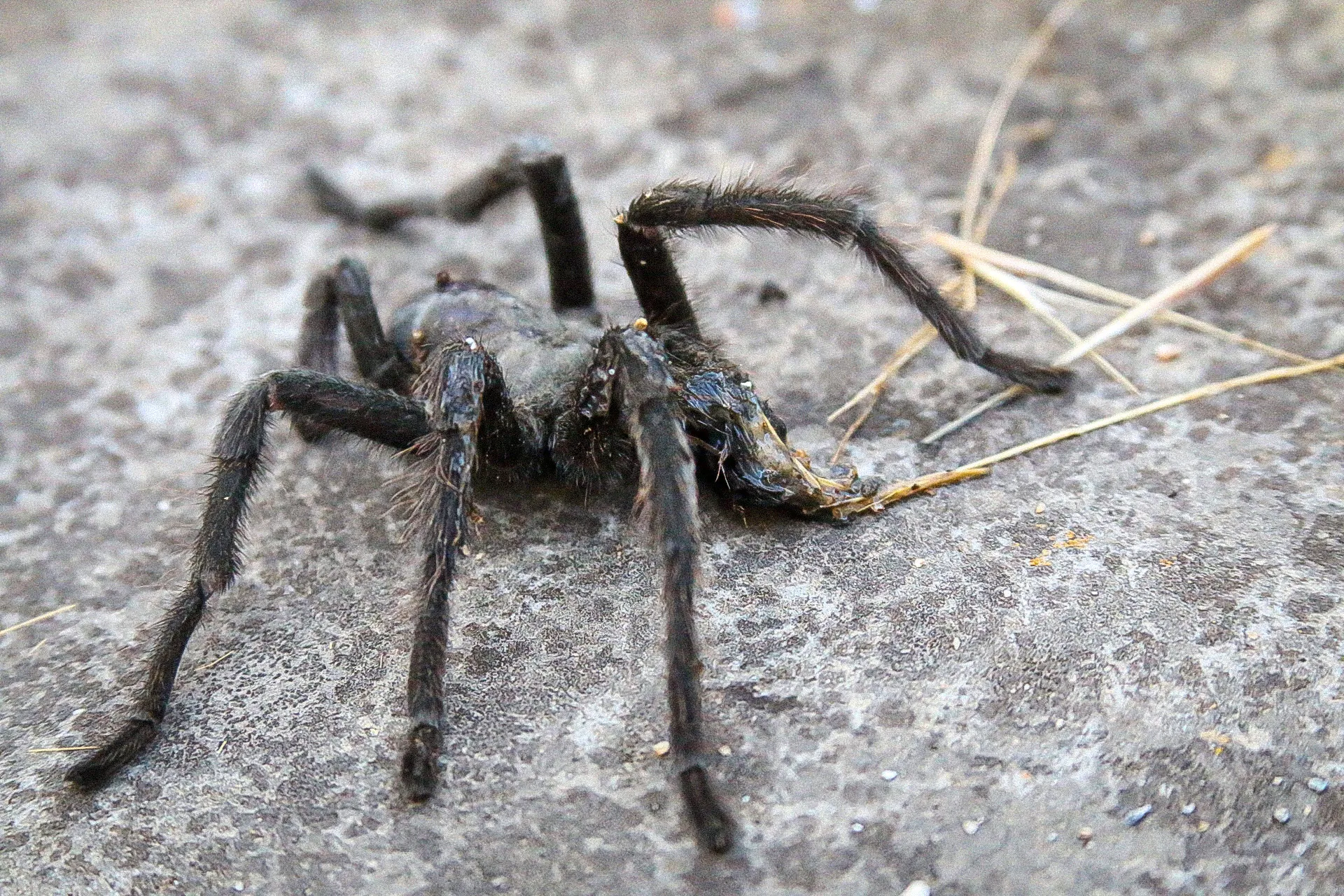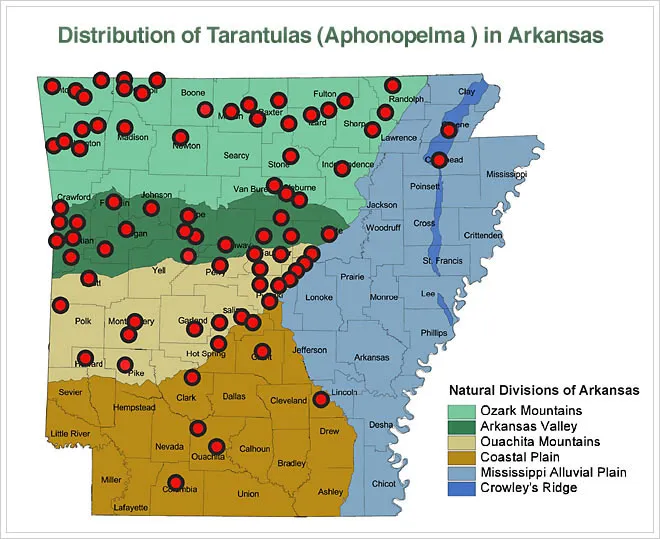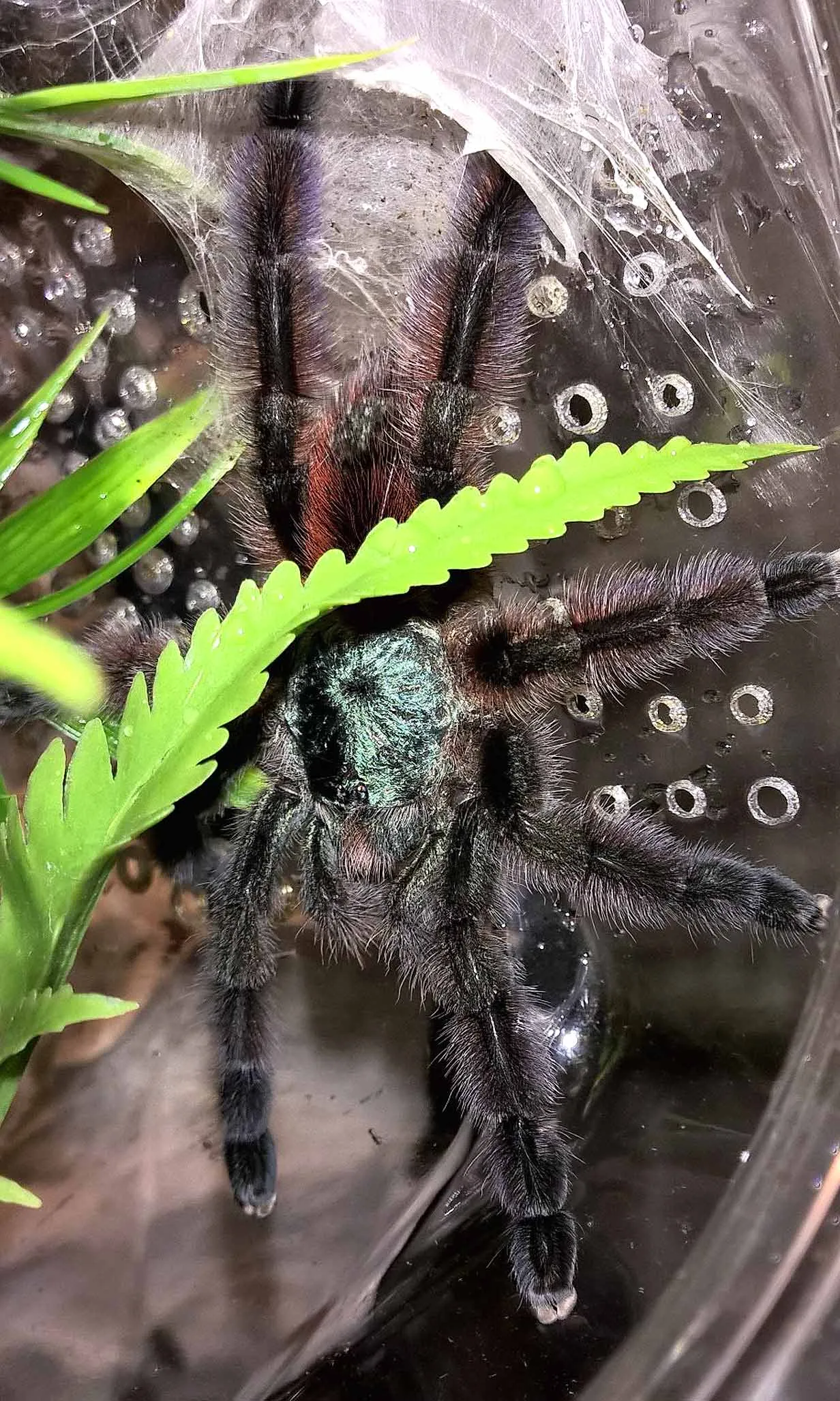Tarantulas in USA The Basics
The United States is home to a fascinating diversity of tarantulas, large and often hairy spiders that capture the imagination and sometimes, the fear, of many. These arachnids are not only intriguing creatures but also play a vital role in their ecosystems. Understanding these spiders, their habitats, and behaviors is the first step in appreciating their importance. This article unveils the top 5 facts about tarantulas in the USA, providing insights into their lives, the places they call home, and how to observe them responsibly. From the arid deserts of the Southwest to the humid environments of the Southeast, tarantulas have carved out their niches, making the USA a prime location for tarantula enthusiasts and researchers alike. Let’s dive into the world of these captivating creatures and uncover some interesting facts.
What is a Tarantula?
Tarantulas are large, hairy spiders belonging to the family Theraphosidae. They are characterized by their size, ranging from a leg span of a few inches to over 10 inches in some species. Unlike many other spiders, tarantulas are known for their relatively long lifespans, with females often living for several years, sometimes even decades. They have eight eyes, but their vision is not as acute as some other animals, relying more on the sense of touch and vibrations to detect prey. They are nocturnal hunters, actively seeking out insects, and sometimes small vertebrates like lizards and rodents, to eat. Their bodies are covered in hairs, some of which can be urticating, meaning they can cause irritation if they come into contact with the skin. Tarantulas are found across the globe, with several species thriving in the United States.
Are Tarantulas Dangerous?

Contrary to popular belief, tarantulas are generally not considered dangerous to humans. While they do possess fangs and venom, their venom is typically not potent enough to cause serious harm to humans. A tarantula bite is often compared to a bee sting, causing localized pain, redness, and swelling. The real threat lies not in their venom but in the potential for allergic reactions or secondary infections if the bite is not properly cared for. Some tarantulas also have urticating hairs on their abdomen, which they can flick off as a defense mechanism. These hairs can cause significant skin irritation and, if inhaled, can irritate the respiratory system. While tarantulas are not inherently dangerous, it’s essential to treat them with respect and caution, particularly when handling them.
Tarantula Habitats in the USA
The distribution of tarantulas in the USA is largely determined by climate and habitat suitability. Different species have adapted to different environments, thriving in specific regions across the country. Understanding where these spiders live is crucial for both conservation efforts and enthusiasts hoping to observe them in their natural habitats. The Southwestern and Southeastern regions of the United States stand out as prime locations for various tarantula species. The arid landscapes of the Southwest provide the perfect conditions for burrowing and hunting, while the warmer, more humid climates of the Southeast offer unique opportunities for these fascinating creatures to flourish. From deserts to forests, these spiders have found a way to survive and thrive.
Southwestern USA
The Southwestern United States, encompassing states like Arizona, New Mexico, and parts of California and Texas, is a hotspot for tarantula diversity. The arid climate and sandy or rocky terrains create ideal conditions for tarantulas to build their burrows and hunt. Several species, such as the Arizona Blonde Tarantula, are commonly found in this region. They typically reside in burrows, coming out at night to hunt. The vast desert landscapes provide ample space and prey, allowing tarantulas to flourish. These spiders are a vital part of the ecosystem, playing a role in controlling insect populations and serving as prey for larger animals like birds and reptiles. Observing these tarantulas in their natural habitat is a unique experience, reminding us of the incredible biodiversity the Southwest has to offer.
Southeastern USA

The Southeastern United States, including states like Florida, Georgia, and the Carolinas, also hosts a variety of tarantula species. The warmer, more humid climate in this region supports different species than those found in the Southwest. The Eastern tarantula is a notable example. These tarantulas often inhabit forested areas and can be found near the edges of woodlands or in open fields. They typically build burrows in the soil and are most active during the warmer months. The Southeastern tarantulas face different challenges than their Southwestern counterparts, including higher humidity and potential competition for resources. They are an integral part of their ecosystems and contribute to the region’s rich biodiversity, making them an important component of the local environment.
Tarantula Facts
Tarantulas are fascinating creatures, and understanding some key facts can greatly enhance your appreciation for them. Their size and appearance, coupled with their unique lifespans and hunting behaviors, set them apart from other spiders. Further insights into these animals’ characteristics provide a deeper understanding of their place in the natural world. The following facts unveil the intriguing lives of tarantulas, making them even more captivating. Their adaptations to their environment, the ways they hunt, and how they grow offer a glimpse into their remarkable lives.
Size and Appearance
Tarantulas are among the largest spiders in the world, with some species boasting impressive sizes. They have a hairy appearance, and their bodies are segmented into two main parts: the cephalothorax (fused head and thorax) and the abdomen. The cephalothorax bears the eyes, fangs, and legs, while the abdomen houses the internal organs. Colors vary greatly depending on the species and can range from brown and black to vibrant hues of red, orange, and blue. Some tarantulas also possess urticating hairs on their abdomen, which serve as a defense mechanism. These hairs can be flicked off to irritate potential predators. The sheer size and varied coloration make tarantulas stand out among other spiders, capturing the attention of enthusiasts and scientists alike.
Lifespan

One of the most remarkable facts about tarantulas is their longevity. Females can live for many years, often outliving their male counterparts. Some species have been known to live for over 20 years in captivity. The long lifespans of female tarantulas are attributed to their slower metabolism and the energy they conserve. Male tarantulas typically have shorter lifespans, often only living a few years. This difference in longevity is a fascinating aspect of their biology. Proper care in captivity, including a suitable environment and diet, can also contribute to a longer lifespan for these spiders. The extended lives of tarantulas make them a captivating subject for researchers and pet owners interested in these incredible arachnids.
Diet and Hunting
Tarantulas are primarily predators, feeding mainly on insects, but also sometimes small vertebrates. Their diet includes a variety of prey such as crickets, cockroaches, beetles, and even small lizards and rodents. They are nocturnal hunters, using their fangs to inject venom that paralyzes their prey. Once the prey is subdued, the tarantula uses enzymes to digest the food externally before consuming it. The hunting techniques and diet of tarantulas vary depending on the species and their habitat. Some tarantulas are ambush predators, waiting patiently for prey to come within striking distance, while others actively hunt. They are essential components of their ecosystems, playing a role in controlling insect populations and providing food for larger animals. Observing a tarantula hunt can be a fascinating glimpse into their predatory lifestyle.
Tarantula Conservation Status
While many tarantula species are not currently listed as endangered, several face threats that could impact their populations. Habitat loss and fragmentation due to urbanization, agriculture, and deforestation are major concerns. Over-collection for the pet trade can also have a significant effect on wild populations. Climate change presents another potential threat, altering habitats and impacting the availability of prey. Conservation efforts include habitat preservation, regulating the pet trade, and raising public awareness. Organizations dedicated to tarantula conservation work to protect these fascinating creatures and their habitats. Supporting these efforts is vital to ensure the survival of tarantulas for future generations. The future of these spiders depends on our commitment to protecting their environments and addressing the challenges they face.
How to Observe Tarantulas Safely

Observing tarantulas in their natural habitat can be a rewarding experience, but it’s essential to do so safely and responsibly. Always maintain a safe distance and avoid handling tarantulas, as they can bite if they feel threatened. Wear appropriate clothing, such as long sleeves and pants, to protect your skin from potential irritation from urticating hairs. Research the local species and understand their behavior to anticipate their reactions. Avoid disturbing their burrows or habitats, and do not attempt to capture or relocate them. Instead, use binoculars or a camera to observe them from a distance. Respect the environment and leave no trace of your visit. Following these guidelines will allow you to appreciate tarantulas safely while minimizing any harm to both yourself and these incredible creatures. Remember that the goal is to observe and learn, not to interfere with their lives.
In conclusion, tarantulas in the USA are a diverse and intriguing group of spiders, each playing an essential role in their ecosystem. Understanding their habitats, behaviors, and the challenges they face is crucial for both appreciating and protecting them. By learning about these fascinating creatures and practicing responsible observation, we can ensure that future generations can continue to marvel at the beauty and complexity of tarantulas in their natural environment. From the arid deserts of the Southwest to the humid forests of the Southeast, the USA provides a rich and varied landscape for tarantulas to thrive, offering unique opportunities to observe and learn about these remarkable spiders.
